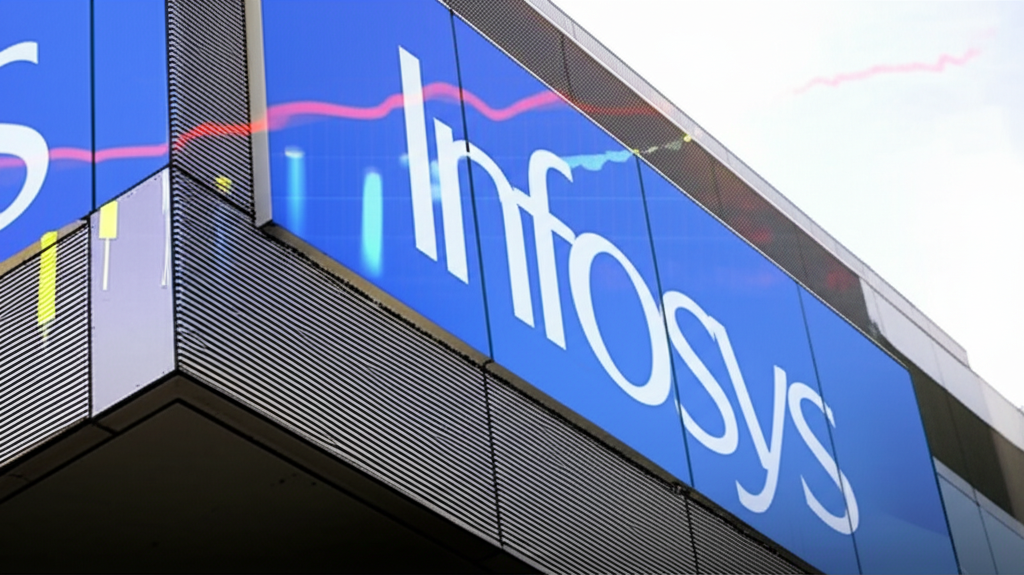Introduction
Varun Beverages Limited (VBL), one of India’s largest bottlers of PepsiCo products, recently announced an interim dividend of Rs. 0.50 per equity share for the fiscal year 2025 (FY25), setting May 7, 2025, as the record date. This announcement has sparked considerable interest amongst investors and analysts, prompting a closer examination of the company’s financial health, market positioning, and future prospects. This detailed analysis delves into various aspects influencing VBL’s dividend declaration, considering recent financial performance, market trends, regulatory factors, and potential risks, ultimately offering insights for investors navigating this development.
Recent Financial Performance
To understand the rationale behind the interim dividend, it’s crucial to analyze VBL’s recent financial performance. While complete FY24 results are likely still pending at the time of writing this article, access to previous quarterly and annual reports (available on the Bombay Stock Exchange (BSE) and the National Stock Exchange of India (NSE) websites, as well as VBL’s investor relations section) will reveal key performance indicators. These indicators include revenue growth, net profit margins, earnings per share (EPS), and return on equity (ROE). A strong performance in these areas would support the declaration of a dividend, signaling confidence in the company’s profitability and financial stability.
For example, a consistently increasing revenue stream indicating strong sales and market share, combined with improving profit margins demonstrating efficient operations, would contribute to a positive investor sentiment and justify the dividend payout. Analysis of the company’s debt levels and cash flow from operations is also vital. A healthy cash position and manageable debt provide the financial flexibility to distribute dividends without jeopardizing future investments or operational stability. Comparing these metrics to previous years and to competitors helps provide a comprehensive evaluation.
Market Trends and Industry Analysis
The Indian beverage industry is characterized by intense competition, rapid growth, and evolving consumer preferences. Analyzing market trends becomes crucial to evaluate VBL’s dividend decision. Factors to consider include:
- Growth of the carbonated soft drinks (CSD) market: The size and growth rate of the CSD market in India, VBL’s primary sector, is a key driver of the company’s performance. Reports from market research firms like Nielsen and Euromonitor International provide insights into this segment.
- Shifting consumer preferences: The increasing demand for healthier beverages, including juices, bottled water, and functional drinks, presents both opportunities and challenges for VBL. The company’s ability to adapt to changing consumer preferences, potentially through diversification or innovation, will influence future performance.
- Competitive landscape: VBL faces competition from other major players in the beverage market, both domestic and international. Analyzing the competitive intensity and the strategies employed by competitors provides context to VBL’s performance and dividend policy.
- Pricing strategies and raw material costs: Fluctuations in raw material prices (e.g., sugar, packaging materials) directly impact VBL’s profitability. The company’s ability to manage these cost pressures through efficient procurement and pricing strategies is important.
Understanding these market dynamics helps gauge the sustainability of VBL’s current performance and its implications for future dividends.
Sentiment Analysis of News Headlines
Analyzing news headlines and media coverage surrounding VBL’s dividend announcement provides insights into market sentiment. A positive sentiment, reflected in headlines emphasizing the robust financial performance and the dividend as a sign of confidence, is a positive indicator. Conversely, a cautious or negative sentiment, perhaps highlighting concerns about the sustainability of the dividend or broader economic uncertainties, signals potential risks. This analysis can be conducted by examining articles from leading Financial News sources, investor blogs, and social media discussions. Natural language processing (NLP) techniques can be used for large-scale analysis of this data.
Regulatory and Macro-Economic Factors
VBL’s dividend announcement is also influenced by broader regulatory and macroeconomic factors. These factors include:
- Government regulations: Tax policies, regulations concerning food and beverage production, and import/export policies can significantly impact VBL’s operations and profitability. Changes in these regulations can affect investor sentiment and the sustainability of the dividend.
- Economic growth and inflation: The overall health of the Indian economy, reflected in GDP growth rates and inflation levels, impacts consumer spending and demand for beverages. Economic uncertainties can lead to investor hesitation, potentially affecting stock prices.
- Foreign exchange rates: VBL’s operations may be influenced by fluctuations in foreign exchange rates, particularly if it relies on imported raw materials or has international operations. Changes in currency values can impact profitability and dividend payments.
Understanding these macroeconomic and regulatory influences helps assess the broader context of VBL’s dividend decision.
Risk Factors
While the interim dividend signifies a positive outlook, various risks need consideration. These include:
- Competition: The intense competition in the beverage market poses a significant risk to VBL’s market share and profitability. New entrants and aggressive strategies by existing players can impact VBL’s revenue growth.
- Input costs: Fluctuations in raw material prices, particularly sugar and packaging, can squeeze profit margins. The company’s ability to manage these costs is crucial for maintaining profitability and dividend payments.
- Economic slowdown: A potential economic slowdown in India could reduce consumer spending, negatively affecting demand for beverages and impacting VBL’s performance.
- Regulatory changes: Changes in government regulations, including taxes or health and safety standards, could impact VBL’s operating costs and profitability.
- Geopolitical factors: Global geopolitical events, such as trade wars or supply chain disruptions, can impact the availability and cost of raw materials.
Investors should carefully assess these risks before making Investment decisions based on the dividend announcement.
Future Outlook
The future outlook for VBL depends on a multitude of factors, including its ability to manage competition, navigate changing consumer preferences, adapt to regulatory changes, and effectively manage its supply chain. Expansion into new markets, successful product diversification, and innovation in product offerings are crucial for sustaining growth. The company’s strategic initiatives and investment plans will determine its capacity to maintain or enhance its profitability and its capacity for future dividend payments. Analysts’ forecasts, which can be found in research reports from brokerage firms covering VBL, can provide insights into future growth projections and potential challenges.
Recommendations for Investors
The interim dividend announcement should be seen within the broader context of VBL’s financial performance, market position, and future prospects. Investors should conduct thorough due diligence, analyzing the company’s financial statements, assessing the competitive landscape, and considering the various risks discussed above. Based on a comprehensive evaluation, investors can make informed decisions about whether to hold, buy, or sell VBL shares. It’s important to remember that dividend payments are not guaranteed and are subject to the company’s financial performance and board decisions. Diversification of the investment portfolio is also a prudent strategy to mitigate risks associated with any single stock.
Disclaimer: This analysis is intended for informational purposes only and should not be construed as financial advice. Investors should consult with a qualified financial advisor before making any investment decisions.















0 Comments